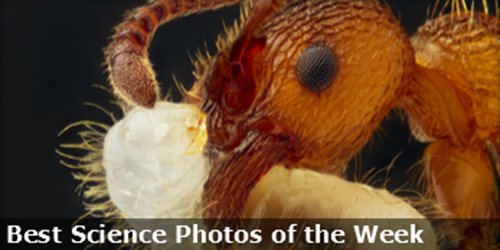
1. Dark Matter Halo
Stars ripped from their home galaxies as they collide with other galaxies can get slung into giant invisible cocoons of dark matter, researchers say, which might explain mysterious radiation pervading the sky.
These findings suggest the halos of dark matter surrounding galaxies are not completely dark after all, but contain a small number of stars, investigators added.
2. Restoring Dioramas
The natural world was a lifelong passion for U.S. President Theodore Roosevelt. At age 8, Roosevelt started his own collection of natural history specimens, and on his deathbed, he was writing a book review about pheasants.
Some of the specimens he collected, as well as other Roosevelt artefacts, remain at the American Museum of Natural History, an institution with which he had a lifelong association.
3. Flashy Feathers
Dinosaurs may have wooed potential mates with flashy feathers, peacock style. Researchers have discovered lengthy wisps on a sexually mature adult, but absent in the toddler specimen of the same dinosaur species.
These findings shed light on the origin of wings and feathered flight, scientists added.
4. Teensy-Tiny
A teensy bat embryo covering its eyes with wings, an ant carrying her larva and wobbly-looking new-born spiderlings are just a few of the winners of a photography contest honouring the little things in life - including babies, it seems.
The winners of the 2012 Nikon International Small World photography contest were announced today (Oct. 23), with a brightly coloured image of the blood-brain barrier in a live zebrafish embryo awarded 1st place. The second-place winner in the small-world contest was a creepy-cute photograph of new-born lynx spiderlings by Walter Piorkowski.
5. Lift Off
This space-y photo of a fruit fly (Drosophila melanogaster) visual system halfway through pupal development took home fourth prize. Image shows the fruit fly's retina (gold), photoreceptor axons (blue) and brain (green).
6. Seasonal Streaks on Mars
The tantalizing seasonal flows observed on Mars last year may indeed be caused by liquid water, a new study suggests.
The melting and subsequent evaporation of frozen salty water could cause the intriguing dark streaks, researchers said. These lines, which were spotted by NASA's Mars Reconnaissance Orbiter spacecraft, extend down some Martian slopes during warm months and fade when winter comes.
7. Calving Ice
The rumble of a 40-year-old plane packed with scientists has returned to the Antarctic skies.
NASA's Operation IceBridge recently kicked off its fourth year with a survey of land and sea ice in West Antarctica, near the bay where a massive iceberg may soon break off Pine Island Glacier.
8. Elusive Black Hole Discovered
Astronomers have spotted a rare X-ray star explosion near the centre of our Milky Way galaxy, revealing a previously unknown black hole munching on gas from a neighbouring sun-like star.
NASA's Swift satellite made the cosmic find last month when it detected a new and rapidly brightening X-ray source a few degrees from the galactic centre of the Milky Way. Astronomers identified the outburst as a short-lived bright X-ray nova, which is produced when a stream of gas rushes toward either a neutron star or a black hole. Unlike a supernova, which is the explosive death of a star, novas are smaller explosions that do not completely destroy a star.

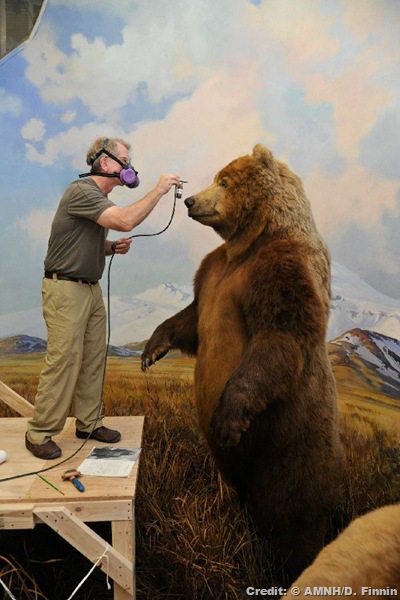
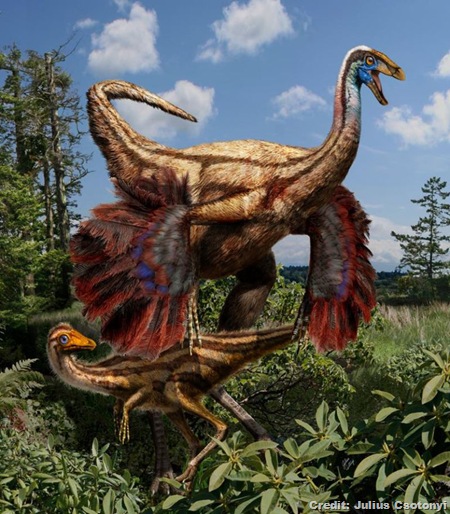
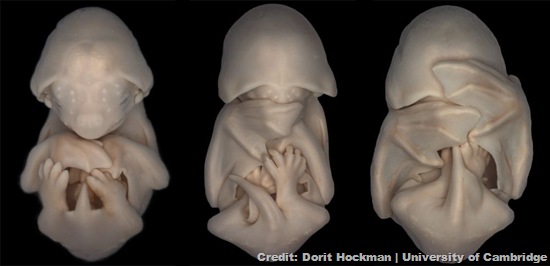
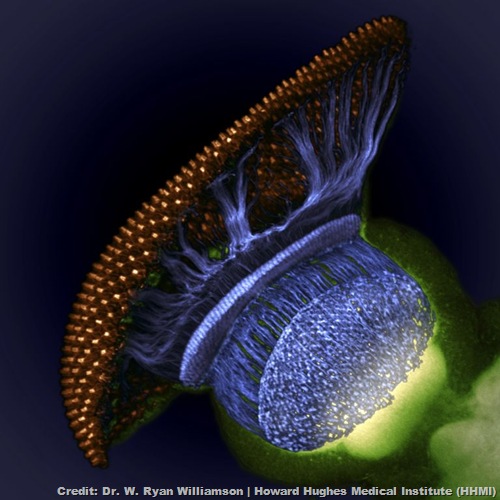
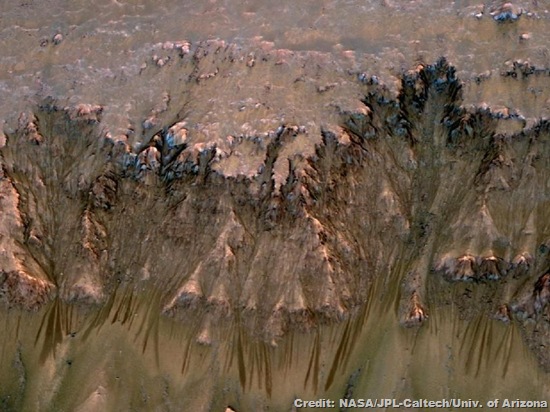

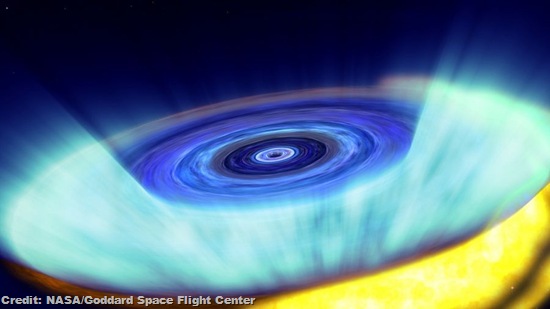
No comments:
Post a Comment
Please adhere to proper blog etiquette when posting your comments. This blog owner will exercise his absolution discretion in allowing or rejecting any comments that are deemed seditious, defamatory, libelous, racist, vulgar, insulting, and other remarks that exhibit similar characteristics. If you insist on using anonymous comments, please write your name or other IDs at the end of your message.